
Find Help
More Items From Ergsy search
-
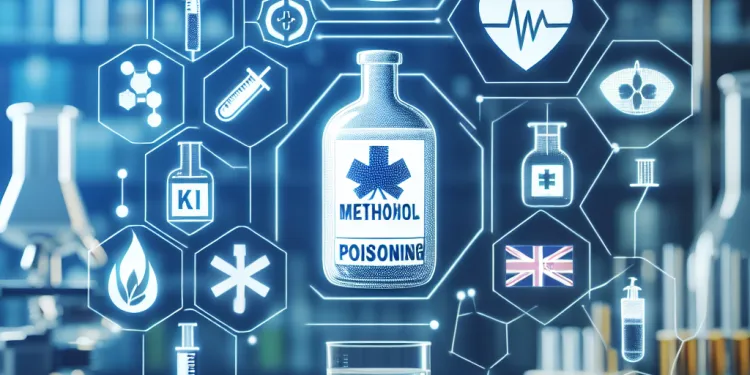
What is methanol poisoning?
Relevance: 100%
-
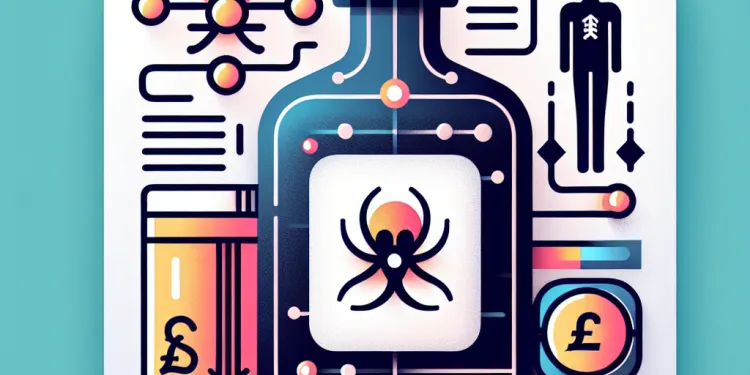
What are the symptoms of methanol poisoning?
Relevance: 97%
-

Can methanol poisoning be treated?
Relevance: 96%
-
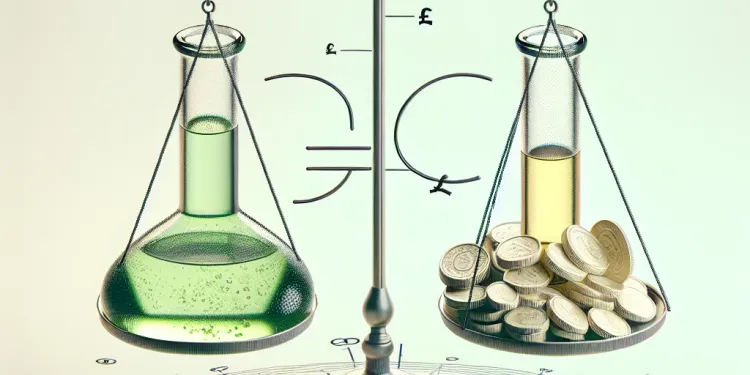
How does methanol poisoning differ from ethanol poisoning?
Relevance: 93%
-

Is dialysis used in methanol poisoning cases?
Relevance: 93%
-

How can methanol poisoning be prevented?
Relevance: 92%
-

Can methanol poisoning cause permanent damage?
Relevance: 90%
-
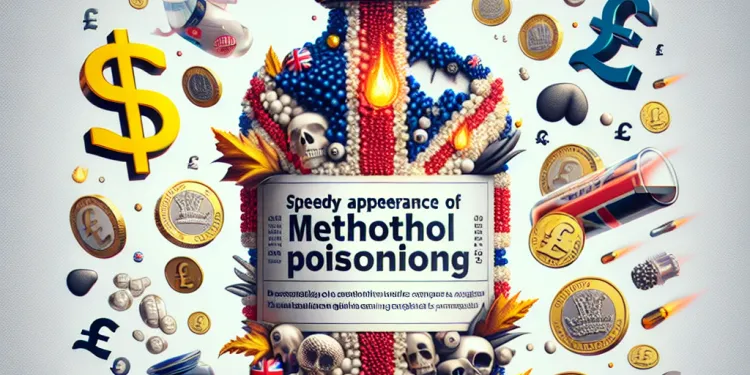
How quickly do symptoms of methanol poisoning appear?
Relevance: 89%
-

What should you do if you suspect methanol poisoning?
Relevance: 88%
-

Why is methanol dangerous to humans?
Relevance: 72%
-

Is there a specific test to diagnose methanol poisoning?
Relevance: 67%
-

What is the role of ethanol in the treatment of methanol poisoning?
Relevance: 63%
-

What types of visual disturbances are associated with methanol poisoning?
Relevance: 60%
-

Why is methanol sometimes found in illegally produced alcohol?
Relevance: 60%
-
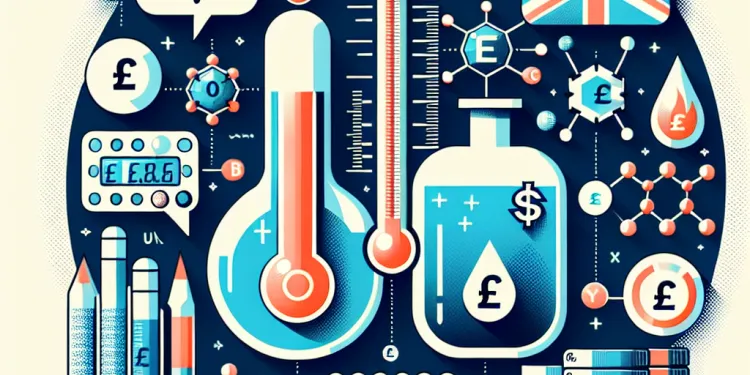
What are the differences between methanol and ethanol?
Relevance: 55%
-

What is alcohol poisoning?
Relevance: 48%
-
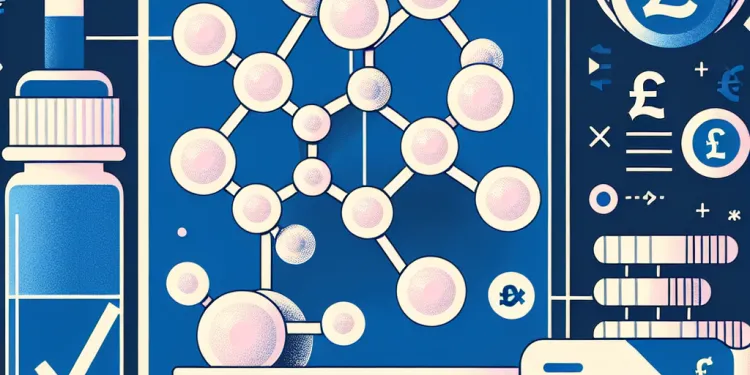
What is fomepizole and how does it work?
Relevance: 48%
-
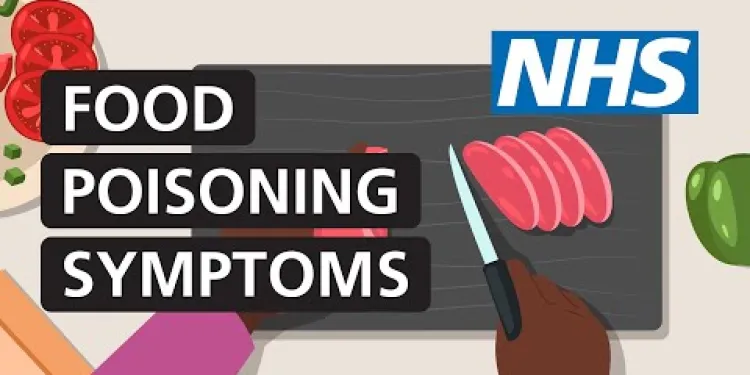
How to tell if you have food poisoning (symptoms) | NHS
Relevance: 40%
-
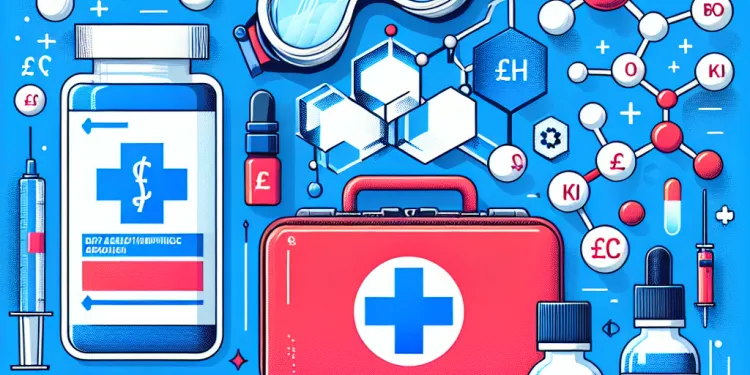
What first aid measures can be taken in case of methanol exposure?
Relevance: 37%
-

Are there any poisonous spiders in the UK?
Relevance: 36%
-

Blood Poisoning - Sepsis
Relevance: 33%
-
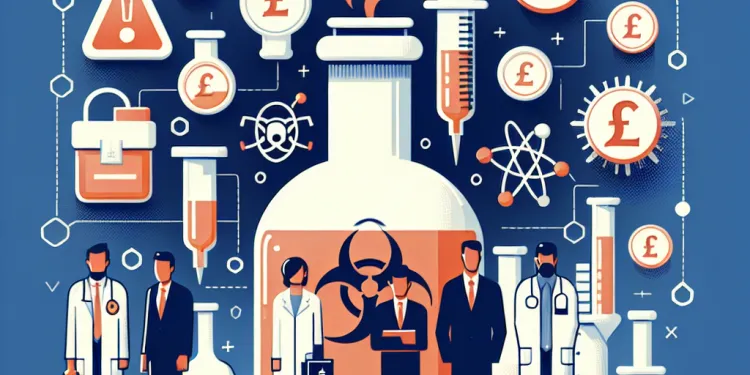
What professions are at higher risk of methanol exposure?
Relevance: 32%
-

Can methanol be absorbed through the skin?
Relevance: 19%
-

What is binge drinking?
Relevance: 14%
-

Can binge drinking affect physical health?
Relevance: 13%
-

What are the risks associated with binge drinking?
Relevance: 13%
-

How is binge drinking typically defined?
Relevance: 13%
-
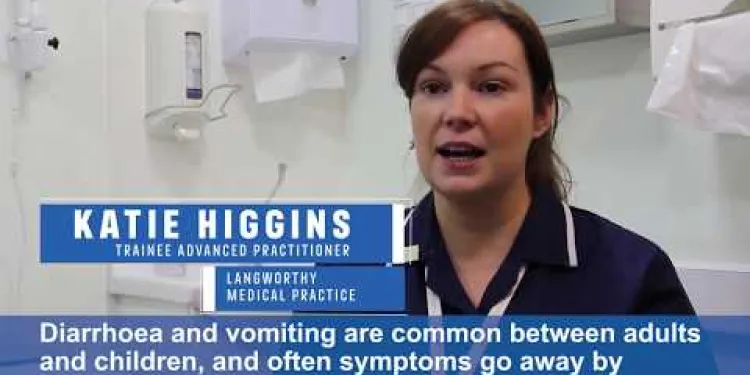
Advice for diarrhoea and vomiting
Relevance: 10%
-

My child has vomiting and diarrhoea - what do I do?
Relevance: 9%
-
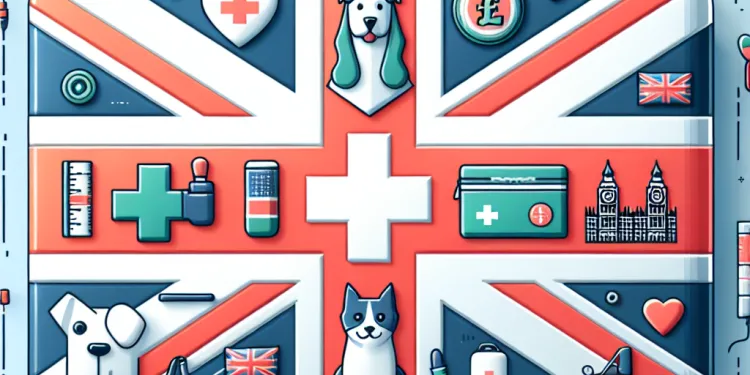
Are there first aid courses for pets?
Relevance: 9%
-

Why is binge drinking common among young adults?
Relevance: 8%
-

Diarrhoea - How to stop it? | UHL NHS Trust
Relevance: 8%
-

What are the symptoms of norovirus?
Relevance: 7%
-

How soon do symptoms appear after infection?
Relevance: 7%
-

What are the symptoms of sunburn?
Relevance: 7%
-

Is nettle rash related to nettle plants?
Relevance: 7%
-

Sepsis - a patient story
Relevance: 7%
-
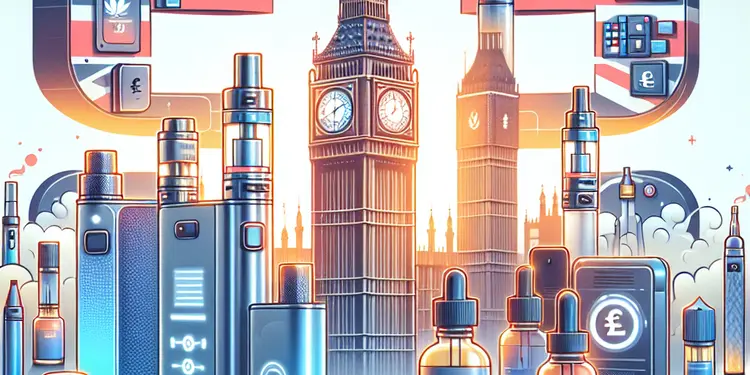
Do these rules affect nicotine content in e-liquids?
Relevance: 6%
-

What are the social consequences of binge drinking?
Relevance: 6%
-

What topics are covered in a first aid course?
Relevance: 6%
What is Methanol Poisoning?
Methanol poisoning is a serious and potentially life-threatening condition that occurs when methanol, a type of alcohol commonly used as an industrial solvent, antifreeze, or fuel, is ingested, inhaled, or absorbed through the skin. Unlike ethanol, the alcohol found in beverages, methanol is toxic to humans, even in small quantities. The toxic effects occur due to methanol's metabolic conversion to formaldehyde and formic acid, which can cause metabolic acidosis, optic nerve damage, and central nervous system depression.
Causes of Methanol Poisoning
Methanol poisoning typically results from accidental or intentional ingestion. It may occur when methanol-containing products, such as windshield washer fluid, antifreeze, or certain fuels, are mistakenly consumed. Additionally, during shortages or in places where ethanol is heavily taxed, individuals may consume illicit or homemade alcoholic beverages that have been improperly distilled and contain high levels of methanol. Occupational exposure due to inhalation or dermal absorption can also lead to methanol poisoning, especially in industrial settings where methanol is used.
Symptoms of Methanol Poisoning
The symptoms of methanol poisoning may initially resemble those of ethanol intoxication, including headache, dizziness, nausea, and confusion. However, as methanol is metabolized within the body, more severe symptoms can develop. These include abdominal pain, visual disturbances such as blurred vision or blindness, difficulty breathing, and seizures. The onset of symptoms might be delayed by several hours following exposure, which can complicate prompt diagnosis and treatment.
Treatment and Management
Early diagnosis and treatment are crucial in managing methanol poisoning. If methanol ingestion is suspected, it is imperative to seek immediate medical attention. Treatment strategies aim to prevent the conversion of methanol to its toxic metabolites, correct metabolic acidosis, and support vital functions. This can involve the administration of fomepizole or ethanol, both of which competitively inhibit the enzyme alcohol dehydrogenase, thereby slowing the metabolism of methanol. In severe cases, hemodialysis may be necessary to rapidly remove methanol and formic acid from the bloodstream.
Prevention of Methanol Poisoning
Preventive measures are essential to reducing the risk of methanol poisoning. These include ensuring clear labeling and secure storage of products containing methanol, public education on the dangers of consuming illicit alcohol, and monitoring methanol levels in industrial environments. Regulation and enforcement to prevent the production and distribution of methanol-adulterated beverages are also critical for public safety. By increasing awareness and implementing safety measures, the incidence of methanol poisoning can be significantly reduced.
What is Methanol Poisoning?
Methanol poisoning happens when someone drinks, breathes in, or gets methanol on their skin. Methanol is a kind of alcohol used in things like antifreeze and fuel. It is different from the alcohol in drinks, which is called ethanol. Methanol is very dangerous, even in small amounts. In the body, methanol turns into bad chemicals that can harm the eyes, make you very sick, and cause big problems with the body.
Causes of Methanol Poisoning
Methanol poisoning can happen by accident or if someone drinks it on purpose. Sometimes, people might drink products with methanol by mistake, like windshield cleaner or antifreeze. In some places, people make their own alcohol, but do it wrong, and it has too much methanol. This can make them very sick. People who work with methanol in factories might breathe it in or get it on their skin, which is also dangerous.
Symptoms of Methanol Poisoning
At first, methanol poisoning might feel like being drunk, with a headache, dizziness, feeling sick, and being confused. But methanol can cause worse problems later on. It can hurt your stomach, mess up your sight, make it hard to breathe, and cause fits (seizures). It might take some time before these bad symptoms show up, which makes it hard for doctors to figure out what's wrong quickly.
Treatment and Management
It's very important to get help from a doctor quickly if someone has methanol poisoning. If you think someone has swallowed methanol, go to the hospital right away. Doctors try to stop methanol from turning into harmful chemicals. They might use special medicines to help the body get rid of methanol. Sometimes, doctors use a machine called a dialysis machine to clean the blood faster.
Prevention of Methanol Poisoning
To stop methanol poisoning, we need to be careful. Always label and store products with methanol safely. Teach people not to drink homemade alcohol because it could have methanol. Factories should check the air for methanol to keep workers safe. Laws should stop people from making and selling bad alcohol. By being careful, we can keep more people safe from methanol poisoning.
Frequently Asked Questions
What is methanol poisoning?
Methanol poisoning occurs when methanol, a type of alcohol that is toxic to humans, is ingested or absorbed into the body.
What are common sources of methanol exposure?
Common sources of methanol exposure include antifreeze, windshield washer fluid, solvents, and improperly distilled alcoholic beverages.
What are the symptoms of methanol poisoning?
Symptoms can include headache, dizziness, nausea, vomiting, abdominal pain, visual disturbances, confusion, and in severe cases, coma or death.
How quickly do symptoms of methanol poisoning appear?
Symptoms can appear anywhere from 12 to 24 hours after exposure, but can be delayed up to 72 hours in some cases.
Why is methanol dangerous to humans?
Methanol is dangerous because it is metabolized in the body to formaldehyde and formic acid, which are highly toxic.
Can methanol poisoning be treated?
Yes, treatment options include administering ethanol or fomepizole as antidotes to inhibit methanol metabolism, as well as supportive care.
What is the role of ethanol in the treatment of methanol poisoning?
Ethanol competes with methanol for the enzyme alcohol dehydrogenase, slowing the production of toxic metabolites.
What is fomepizole and how does it work?
Fomepizole is an alcohol dehydrogenase inhibitor that prevents the conversion of methanol to its toxic metabolites.
Is dialysis used in methanol poisoning cases?
Yes, dialysis can be used to remove methanol and its toxic metabolites from the bloodstream in severe cases.
What should you do if you suspect methanol poisoning?
Seek immediate medical attention and contact poison control if you suspect methanol poisoning.
How can methanol poisoning be prevented?
Avoid consuming non-beverage alcohols, properly label and store chemicals, and be cautious with home-distilled spirits.
Can methanol poisoning cause permanent damage?
Yes, it can result in permanent visual impairment and damage to organs such as the brain and liver.
What types of visual disturbances are associated with methanol poisoning?
Visual disturbances can include blurred vision, decreased visual acuity, changes in color vision, and, in severe cases, blindness.
Why is methanol sometimes found in illegally produced alcohol?
Illegally produced alcohol may contain methanol due to improper distillation processes that fail to remove it.
What are the differences between methanol and ethanol?
Methanol is toxic and not safe for consumption, whereas ethanol is the type of alcohol found in alcoholic beverages and is consumable in moderate amounts.
What professions are at higher risk of methanol exposure?
Workers involved in industries using solvents, fuel production, and chemical manufacturing may face higher risks.
Is there a specific test to diagnose methanol poisoning?
Yes, blood tests measuring methanol levels or formate levels in the blood can help confirm diagnosis.
How does methanol poisoning differ from ethanol poisoning?
Ethanol poisoning results from excessive consumption of beverage alcohol, while methanol poisoning results from exposure to toxic methanol.
Can methanol be absorbed through the skin?
Yes, methanol can be absorbed through the skin, but ingestion poses a much higher risk of toxicity.
What first aid measures can be taken in case of methanol exposure?
In case of skin contact, wash thoroughly with soap and water; in case of ingestion, do not induce vomiting and seek immediate medical attention.
What is methanol poisoning?
Methanol is a type of alcohol. It is not safe to drink. It is used in things like car fuel and cleaning products.
Methanol poisoning happens when you drink methanol. It can make you very sick. You might feel dizzy, have a headache, or even go blind.
If you think someone has drunk methanol, get help. Call a doctor or emergency service right away.
Use simple tools like a picture or video to understand more. Ask someone to explain if you need help.
Methanol poisoning happens when methanol gets into the body. Methanol is a kind of alcohol that is not safe for people.
Where can you find methanol?
Methanol can be found in things like car antifreeze, windshield cleaner, some cleaning liquids, and drinks made the wrong way.
What happens if you get methanol poisoning?
Here are some signs you might notice:
- Your head might hurt (headache).
- You might feel like the room is spinning (dizziness).
- Your tummy might feel upset (nausea) and you might throw up (vomiting).
- You could have a sore tummy (abdominal pain).
- Things might look blurry or strange (visual disturbances).
- You might feel mixed up or get confused (confusion).
- If it gets really bad, you could pass out (coma) or it could be very dangerous (death).
Reading tools or apps can help understand this better. Ask someone to read with you if you want more help.
When do signs of methanol poisoning show up?
Signs of feeling sick can show up 12 to 24 hours after you come into contact with something. But sometimes, it can take up to 3 days.
Why is methanol dangerous to people?
Methanol is a type of alcohol. It is not the kind you can drink. Methanol can make you very sick if you swallow it, touch it, or breathe it in. It can hurt your eyes, make you blind, or damage your brain. To stay safe, always: - Keep methanol away from children. - Do not drink, breathe, or touch it. - Wear gloves if you need to use it. If you think you have touched or breathed in methanol, tell a grown-up and get help straight away. You can use simple tools to help you: - Ask someone to read with you. - Use pictures to understand better.Methanol is a type of alcohol that can make you very sick. When it gets into your body, it changes into two bad things called formaldehyde and formic acid. These bad things can hurt you a lot.
Can you get better from methanol poisoning?
Yes, there are ways to help if someone has methanol poisoning. Doctors can give ethanol or fomepizole to stop methanol from turning into a poison. They also give other help to make the person feel better.
How does ethanol help when someone drinks methanol by mistake?
Ethanol and methanol are both types of alcohol. When you drink them, they go into your body. There is something in your body called an enzyme. Think of it as a helper that turns these alcohols into other things, called metabolites.
Ethanol tries to get to the enzyme first. When ethanol gets there first, methanol has to wait. This means methanol turns into bad stuff more slowly. This helps stop bad things from happening in your body.
If you want to understand this better, you can try using pictures or diagrams. Also, asking someone to explain it to you in a different way might be helpful.
What is fomepizole and how does it work?
Fomepizole is a type of medicine.
It helps when someone is poisoned by certain things like antifreeze.
It stops the poison from becoming more harmful in the body.
Here is how it works:
- When a person takes this medicine, it goes into their body.
- It blocks the poison from changing into something more dangerous.
- This helps the person feel better.
If you need more help, you can:
- Ask a doctor or nurse to explain more.
- Use pictures to understand better.
- Use apps that read text out loud.
Fomepizole is medicine that stops something bad from happening. It keeps a bad chemical in methanol from changing into more harmful chemicals.
Do doctors use dialysis when someone is poisoned with methanol?
Yes, we can use a special machine called dialysis to help in bad cases. It takes out methanol and bad chemicals from the blood.
What to do if you think someone has methanol poisoning?
If you think someone has methanol poisoning, get medical help right away. Call the poison control center for advice.
How can we stop methanol poisoning?
Methanol is a bad liquid. It can make people sick if they drink it. Here are easy ways to stay safe:
- Read Labels: Always check the bottle label. Make sure it is safe to drink.
- Keep Away: Do not let children near methanol. Put it in a safe place.
- Use Proper Containers: Store methanol in the right bottles, not in drink bottles.
- Ask an Adult: If you are not sure, ask a grown-up for help.
- Learn: Watch videos or read books about staying safe from harmful liquids.
These steps can help keep you and your family safe from methanol poisoning.
Don't drink things that are not safe drinks. Label chemicals clearly and keep them safe. Be careful if you make drinks at home.
Can drinking methanol make you sick forever?
Yes, it can cause lasting problems with seeing and hurt important body parts like the brain and liver.
What eye problems can happen with methanol poisoning?
Sometimes, there can be problems with how we see. Things might look blurry. It might be hard to see clearly. Colors could look different. In serious cases, a person might not be able to see at all.
Why is methanol in some illegal alcohol?
Methanol is a type of alcohol. It can make people very sick.
Sometimes, people make alcohol at home without following safety rules. This is called "illegal alcohol."
When this happens, methanol can end up in the drink by mistake.
Methanol is very dangerous to drink. It can hurt your body.
If you are not sure if alcohol is safe, do not drink it.
If you want to learn more, ask a trusted adult for help.
Alcohol that is made illegally can have a bad chemical called methanol. This happens when it is not made the right way.
How are methanol and ethanol different?
Methanol and ethanol are both types of alcohol, but they have different uses and effects.
- Methanol is used as a fuel or in making products like paint and glue. It's not safe to drink.
- Ethanol is the alcohol in drinks like beer and wine. People can drink it, but only in small amounts.
Here are some helpful tips to learn more:
- Use pictures to see what methanol and ethanol look like.
- Try using simple word lists to understand tricky words.
- Ask a teacher or helper if you need more help.
Methanol is a dangerous liquid. It is not safe to drink. Ethanol is the kind of alcohol in drinks like beer and wine. You can drink ethanol, but only a little bit at a time.
Which jobs might have a higher chance of being around methanol?
People who work in jobs where they use solvents, make fuel, or make chemicals might have more risks at work.
How can doctors find out if someone has methanol poisoning?
Yes, doctors can do a blood test to look for methanol or something called formate in the blood. This helps them check if someone is sick.
What is the difference between methanol and ethanol poisoning?
Drinking too much alcohol can make you very sick. This is called ethanol poisoning. Methanol is a different kind of alcohol that is very dangerous. If you touch or drink it, you can get methanol poisoning.
Can methanol go into the body through the skin?
Methanol is a type of alcohol. It can go into your body if it touches your skin. Be careful when using methanol. It's safest to wear gloves.
If you think methanol got on your skin, wash it off quickly with water and soap.
A way to help understand this better is to use a dictionary for hard words, or ask someone you trust for help.
Yes, methanol can get into your body through your skin, but it is much more dangerous if you drink it.
What to do if someone touches or drinks methanol?
If the stuff touches your skin, wash it off well with soap and water. If you swallow it, do not try to make yourself sick. Get help from a doctor right away.
Useful Links
- Ergsy carfully checks the information in the videos we provide here.
- Videos shown by Youtube after a video has completed, have NOT been reviewed by ERGSY.
- To view, click the arrow in centre of video.
- Most of the videos you find here will have subtitles and/or closed captions available.
- You may need to turn these on, and choose your preferred language.
- Go to the video you'd like to watch.
- If closed captions (CC) are available, settings will be visible on the bottom right of the video player.
- To turn on Captions, click settings .
- To turn off Captions, click settings again.
More Items From Ergsy search
-

What is methanol poisoning?
Relevance: 100%
-

What are the symptoms of methanol poisoning?
Relevance: 97%
-

Can methanol poisoning be treated?
Relevance: 96%
-

How does methanol poisoning differ from ethanol poisoning?
Relevance: 93%
-

Is dialysis used in methanol poisoning cases?
Relevance: 93%
-

How can methanol poisoning be prevented?
Relevance: 92%
-

Can methanol poisoning cause permanent damage?
Relevance: 90%
-

How quickly do symptoms of methanol poisoning appear?
Relevance: 89%
-

What should you do if you suspect methanol poisoning?
Relevance: 88%
-

Why is methanol dangerous to humans?
Relevance: 72%
-

Is there a specific test to diagnose methanol poisoning?
Relevance: 67%
-

What is the role of ethanol in the treatment of methanol poisoning?
Relevance: 63%
-

What types of visual disturbances are associated with methanol poisoning?
Relevance: 60%
-

Why is methanol sometimes found in illegally produced alcohol?
Relevance: 60%
-

What are the differences between methanol and ethanol?
Relevance: 55%
-

What is alcohol poisoning?
Relevance: 48%
-

What is fomepizole and how does it work?
Relevance: 48%
-

How to tell if you have food poisoning (symptoms) | NHS
Relevance: 40%
-

What first aid measures can be taken in case of methanol exposure?
Relevance: 37%
-

Are there any poisonous spiders in the UK?
Relevance: 36%
-

Blood Poisoning - Sepsis
Relevance: 33%
-

What professions are at higher risk of methanol exposure?
Relevance: 32%
-

Can methanol be absorbed through the skin?
Relevance: 19%
-

What is binge drinking?
Relevance: 14%
-

Can binge drinking affect physical health?
Relevance: 13%
-

What are the risks associated with binge drinking?
Relevance: 13%
-

How is binge drinking typically defined?
Relevance: 13%
-

Advice for diarrhoea and vomiting
Relevance: 10%
-

My child has vomiting and diarrhoea - what do I do?
Relevance: 9%
-

Are there first aid courses for pets?
Relevance: 9%
-

Why is binge drinking common among young adults?
Relevance: 8%
-

Diarrhoea - How to stop it? | UHL NHS Trust
Relevance: 8%
-

What are the symptoms of norovirus?
Relevance: 7%
-

How soon do symptoms appear after infection?
Relevance: 7%
-

What are the symptoms of sunburn?
Relevance: 7%
-

Is nettle rash related to nettle plants?
Relevance: 7%
-

Sepsis - a patient story
Relevance: 7%
-

Do these rules affect nicotine content in e-liquids?
Relevance: 6%
-

What are the social consequences of binge drinking?
Relevance: 6%
-

What topics are covered in a first aid course?
Relevance: 6%